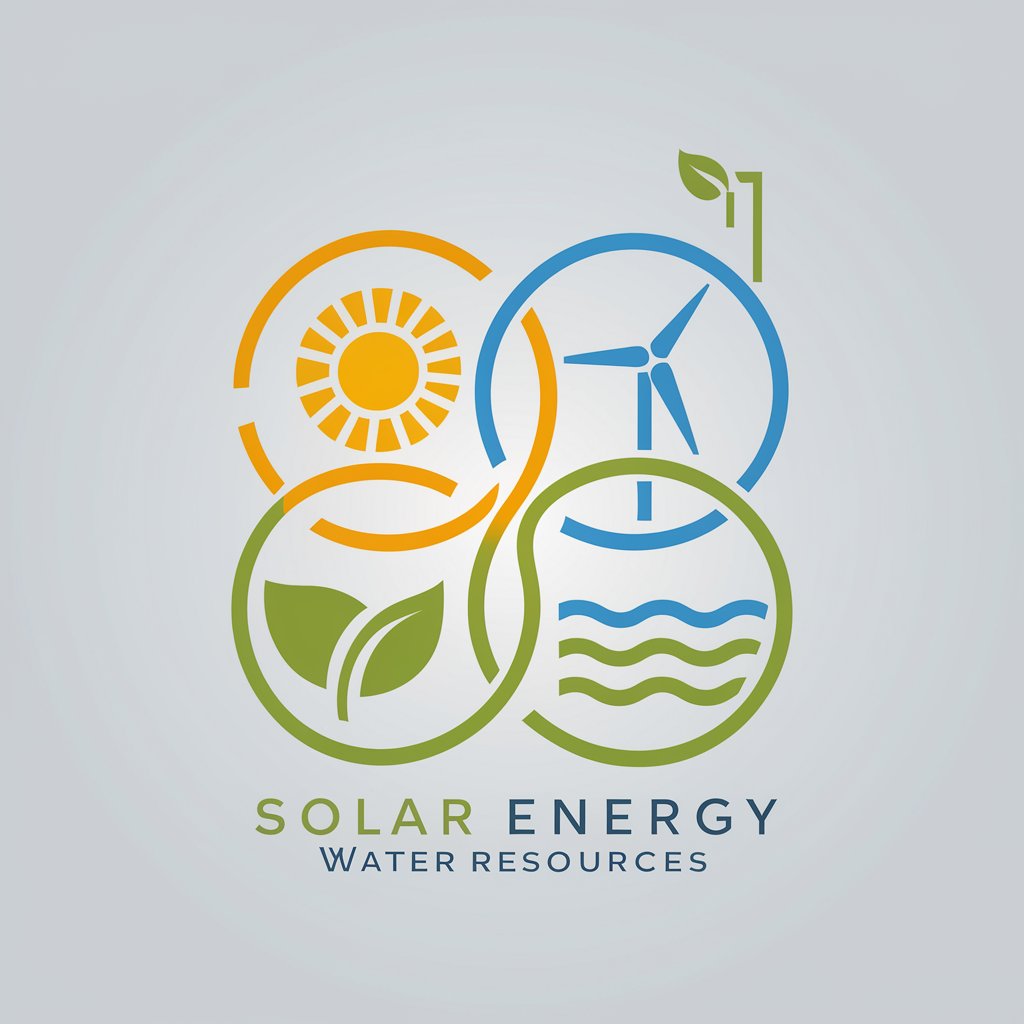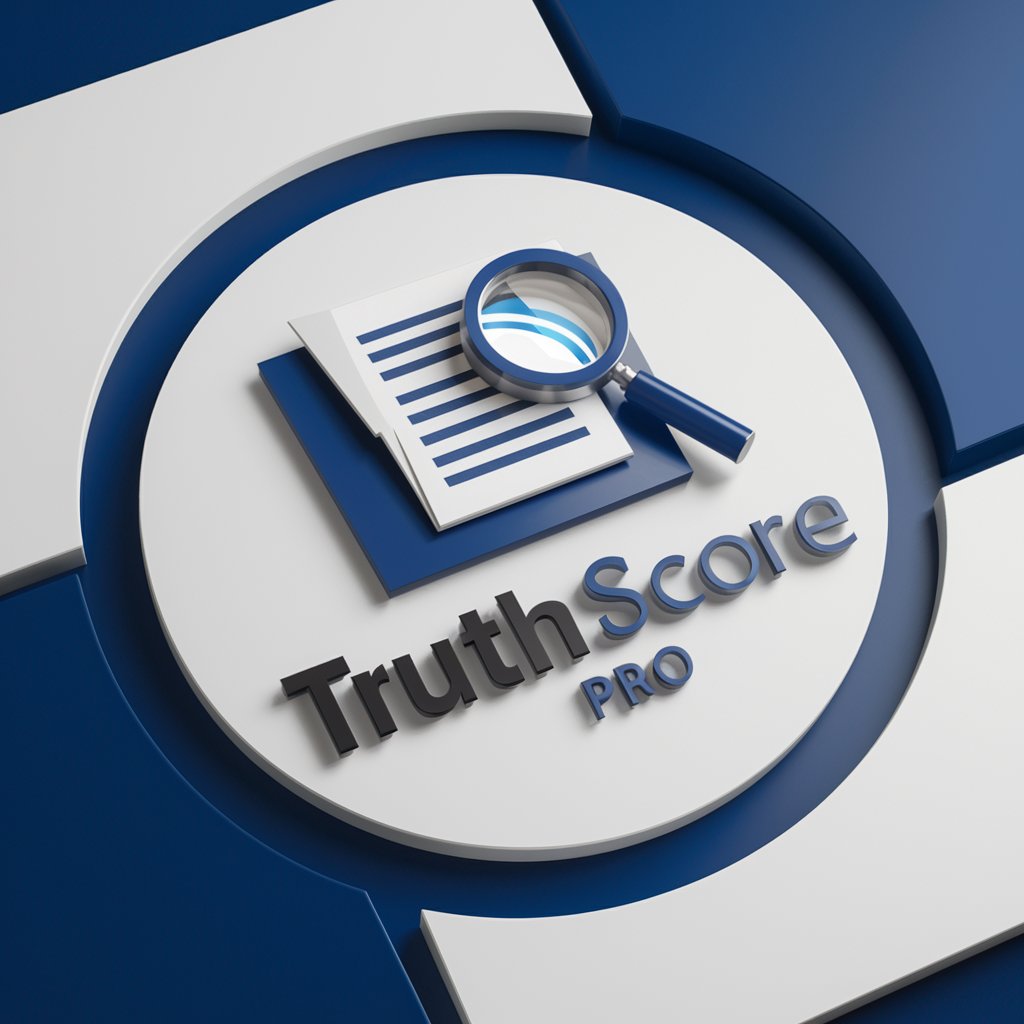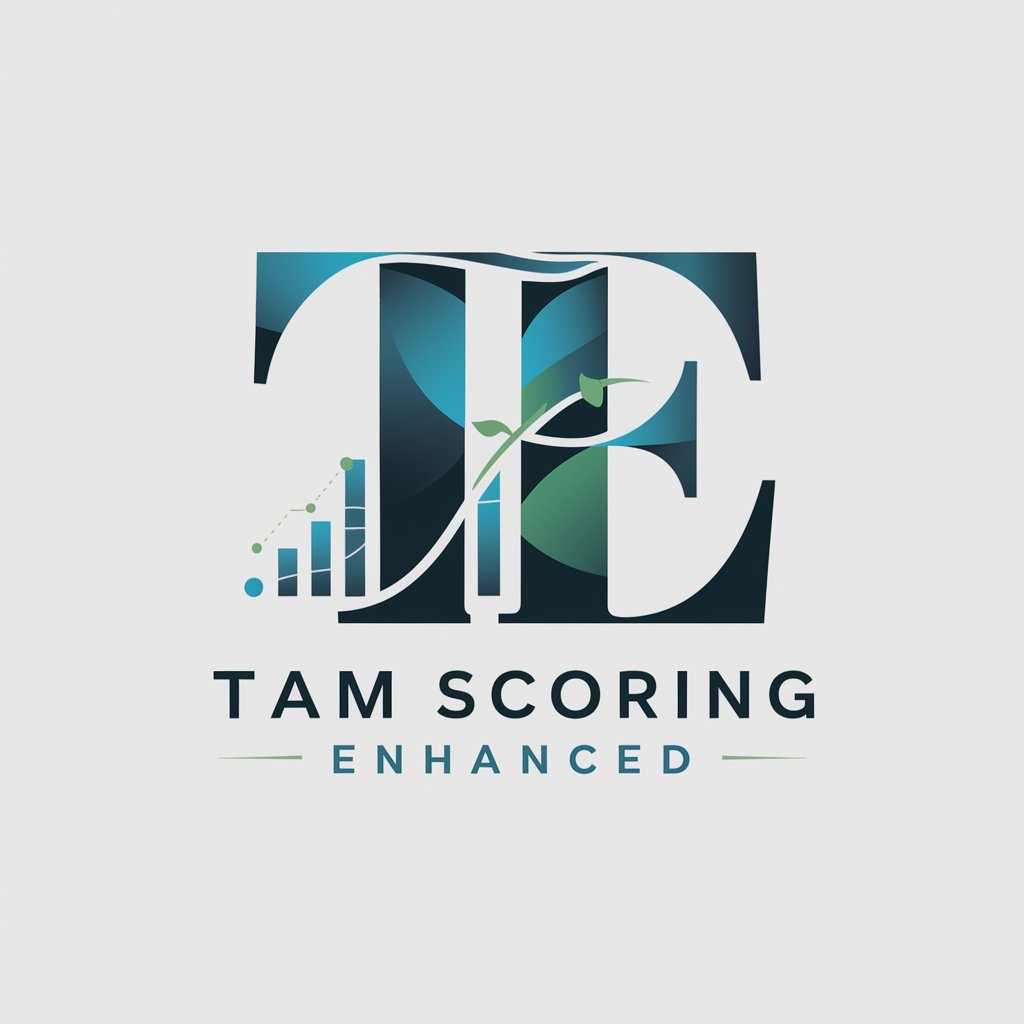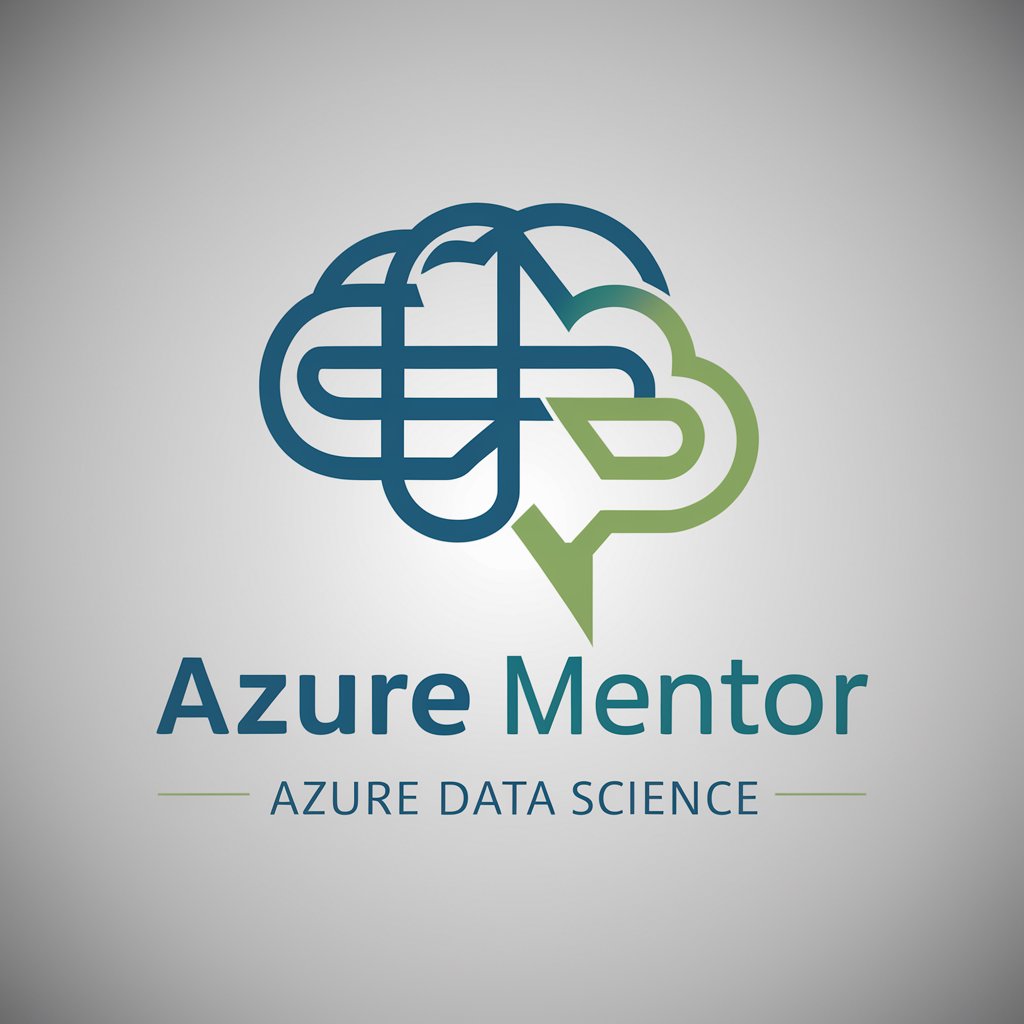Renewable Resources - Renewable Resource Insights

Welcome! Let's explore sustainable renewable resources together.
Empowering sustainability through AI
Explain the benefits of using solar energy for sustainable power generation.
Discuss the latest advancements in wind turbine technology and their impact on energy efficiency.
How can biomass be utilized as a renewable energy source while maintaining ecological balance?
What are the key strategies for managing water resources sustainably in the face of climate change?
Get Embed Code
Overview of Renewable Resources
Renewable Resources is designed to serve as a comprehensive guide and informational resource on the sustainable management and utilization of renewable energy sources and materials. This platform focuses on educating and informing on the best practices, technologies, and strategies for harnessing renewable resources such as solar energy, wind energy, biomass, hydropower, and geothermal energy. A key aspect of its purpose is to promote environmental sustainability, reduce carbon footprints, and encourage the transition to a more sustainable energy future. Examples of its utility include providing insights into the latest renewable energy technologies, explaining the principles of sustainable resource management, and offering guidance on implementing renewable energy projects. Powered by ChatGPT-4o。

Core Functions and Applications
Educational Resource
Example
Explaining the process and benefits of solar photovoltaic systems for electricity generation.
Scenario
A school project on renewable energy sources utilizes the platform to understand how solar panels convert sunlight into electrical energy, including the environmental benefits and potential savings on energy bills.
Technical Guidance
Example
Offering step-by-step guides on setting up a residential wind turbine.
Scenario
A homeowner interested in reducing their reliance on traditional energy sources uses the platform to learn about the prerequisites, installation process, and maintenance of a home wind energy system.
Sustainability Best Practices
Example
Sharing strategies for sustainable biomass utilization.
Scenario
An entrepreneur exploring sustainable business practices learns about the principles of sustainable biomass production, including crop rotation, conservation tillage, and the selection of energy crops, to ensure their venture minimizes environmental impact.
Policy and Regulatory Insights
Example
Analyzing the impact of recent policy changes on renewable energy adoption.
Scenario
Policy makers and environmental advocates use the platform to stay informed on legislative developments affecting renewable energy projects, helping them advocate for supportive policies and understand regulatory requirements.
Target User Groups
Educators and Students
This group benefits from using Renewable Resources for its comprehensive, easy-to-understand explanations of renewable energy concepts and technologies, supporting academic curricula and fostering environmental awareness among students.
Environmental Advocates
Individuals and organizations committed to promoting sustainability and environmental protection use the platform to enhance their knowledge on renewable resources, supporting their advocacy and education efforts.
Homeowners and Businesses
Those looking to reduce their carbon footprint and energy costs can find practical guidance on implementing renewable energy solutions, from small-scale solar installations to integrating biomass energy systems.
Policy Makers
Government officials and policy makers utilize the platform to understand the implications of renewable energy technologies and sustainable practices, aiding in the formulation of policies that encourage renewable energy adoption and environmental sustainability.

How to Utilize Renewable Resources
Begin your journey
Start by accessing yeschat.ai for a no-cost trial, bypassing the need for logins or ChatGPT Plus subscriptions.
Identify your needs
Determine which renewable resources or technologies align with your goals, whether it's for energy production, educational purposes, or sustainability projects.
Gather information
Collect data on the renewable resources of interest, including their availability, technology requirements, and environmental benefits.
Implement technology
Deploy the appropriate technologies for harnessing renewable resources, such as solar panels for solar energy or turbines for wind energy.
Monitor and optimize
Regularly assess the performance of your renewable resource projects and make adjustments as necessary to improve efficiency and sustainability.
Try other advanced and practical GPTs
Truth Score Pro
Empowering Truth with AI

TAM Scoring Enhanced
AI-powered Market Insight Generation

Pain Point Pin Pointer
Uncover Customer Challenges Effortlessly

Chuck Norris Motivation Coach
Unleash your potential with AI-powered Chuck Norris motivation.

myJeenie Marketing Bot
Elevate Your Marketing with AI

SmallBiz Schedule & Marketing Assistant
Elevating Small Businesses with AI-Powered Marketing

Azure Mentor
Empowering innovation with AI-driven insights

The Apostle
Empowering lives with AI-driven scriptural and Stoic insights.

Code Script Savvy
Empowering your scripts with AI.

Style Savvy
Elevate Your Style with AI

Photo Savvy
Elevate Your Shots with AI Insights

Savvy HoldCo Strategist
AI-Powered Holding Company Strategy

Frequently Asked Questions About Renewable Resources
What are renewable resources?
Renewable resources are natural resources that can be replenished over short periods of time, such as sunlight, wind, rain, tides, and geothermal heat.
How do renewable resources benefit the environment?
They reduce greenhouse gas emissions, decrease pollution, and provide a cleaner, more sustainable energy source compared to fossil fuels.
Can renewable resources meet global energy demands?
Yes, with the right investments in technology and infrastructure, renewable resources have the potential to meet and even exceed global energy needs.
What are the challenges of using renewable resources?
Challenges include variability in resource availability, high initial investment costs, and the need for technological advancements to increase efficiency.
How can individuals contribute to using renewable resources?
Individuals can contribute by adopting renewable energy solutions like solar panels, supporting policies that encourage renewable energy use, and promoting sustainability practices.
